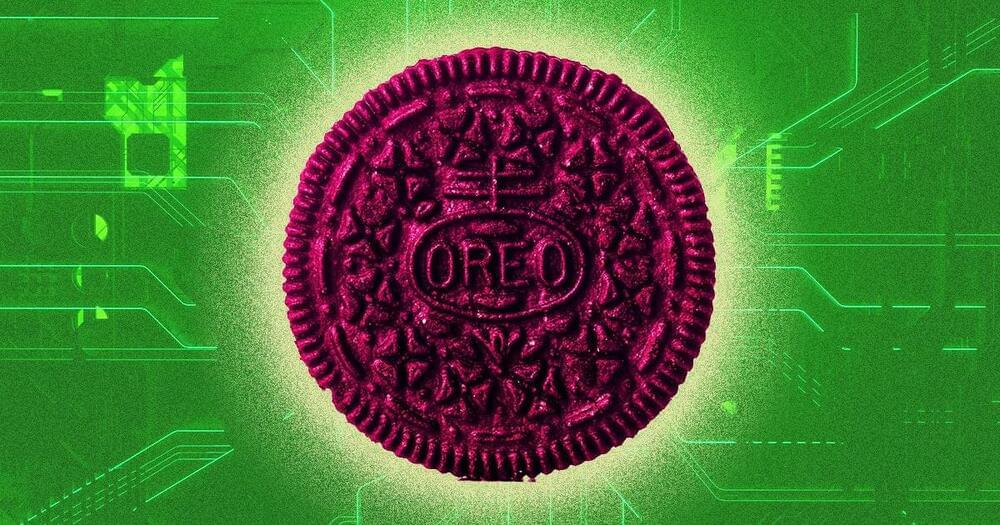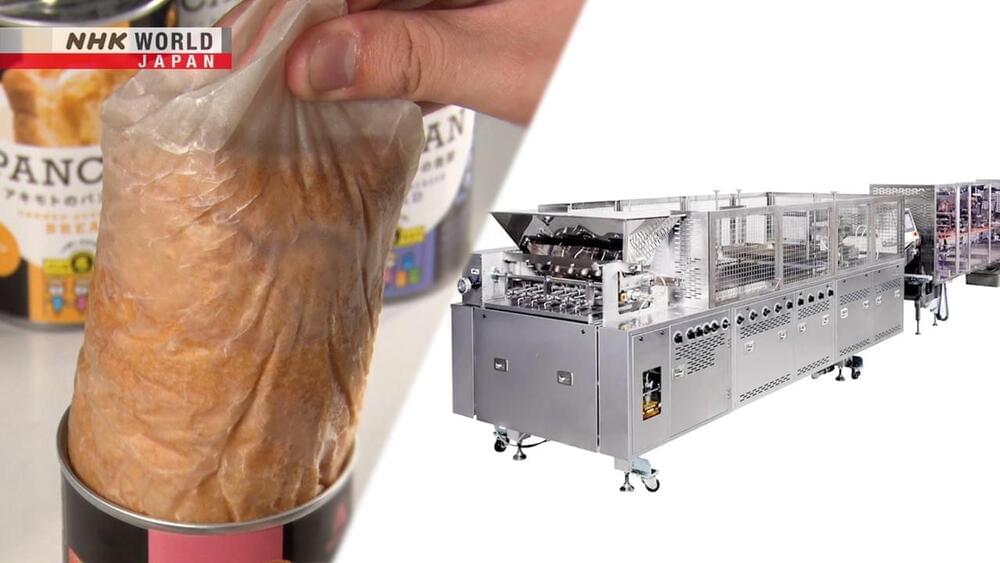The growth of maize, sugarcane and sorghum has been greatly boosted by modifying the plants to take advantage of higher carbon dioxide levels now found in the air.
This was done by simply increasing the activity of two genes, says Coralie Salesse-Smith at the University of Illinois. The finding should lead to the creation of new varieties whose yields go up as CO2 levels continue to rise.
For most of the time that photosynthetic cells that turn sunlight into food have existed, atmospheric levels of CO2 have been much higher (and the planet has been much hotter). As CO2 levels fell particularly low from about 35 million years ago, it exacerbated a fundamental flaw in photosynthesis that involves probably the most abundant protein on the planet, called rubisco.
Image: Przemyslaw Koch/Getty Images
A simple change to maize, sorghum and sugarcane that allows them to take advantage of rising CO2 levels can boost their growth by around a fifth.







